For me climbing is all about adventure. True adventures involve exploration, commitment and moving outside your comfort zone. None of these things can be found on fixed ropes, with oxygen and high levels of support. For me adventure in the high mountains can only be found climbing alpine style, ideally somewhere remote and rarely visited. These were the ingredients that drew us to the very rarely visited Salimor Khola valley in the far west of Nepal.
Information about this area is very hard to find. Expeditions first tried to visit the area in the 1970’s and any reports that exist comment on the valley’s remoteness and difficult access, due to a deep gorge guarding the lower valley. There seemed to only be one way to find out more and that was to go and have a look.
In September 2023 myself. Tim Miller, Matt Glenn and Hamish Frost found ourselves in Kathmandu. After obtaining our climbing permits, one internal flight, several days driving and nine days trekking through jungle and alpine terrain, river crossings, earthquakes and being detained by the police, the porters declared that they were not going any further. To be honest we could not argue with them as the next section of the valley was the deep gorge we had read about, so the decision was made to make base camp and explore from that point on our own.
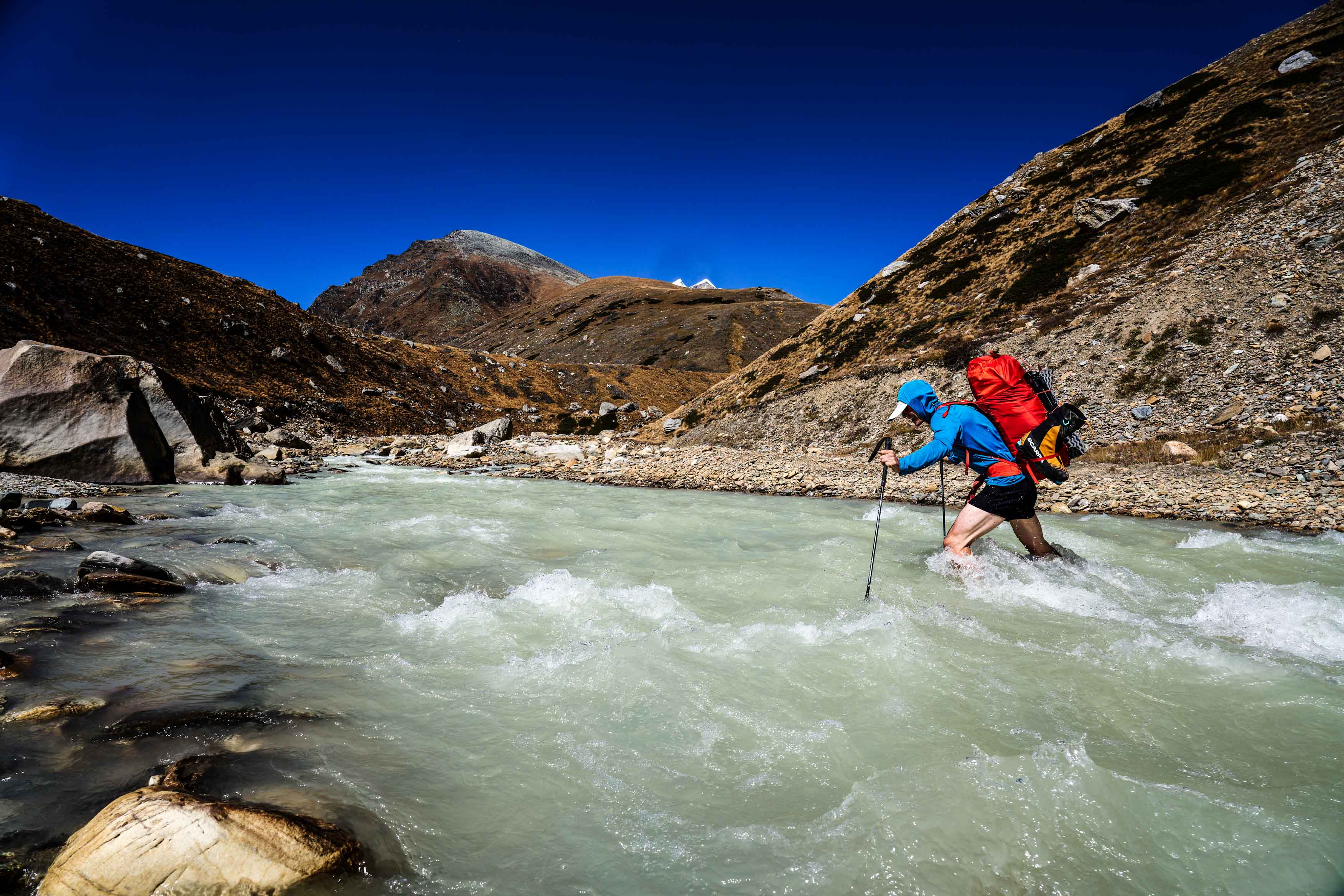
The gorge blocking access to the upper Salimor Khola valley looked formidable but after some careful exploration we discovered a wild and exposed shepherds track that climbed through the east side of the gorge, definitely not a path suitable for the porters. Packing a week’s food we set of to explore the upper valley and hopefully find a suitable climbing objective.
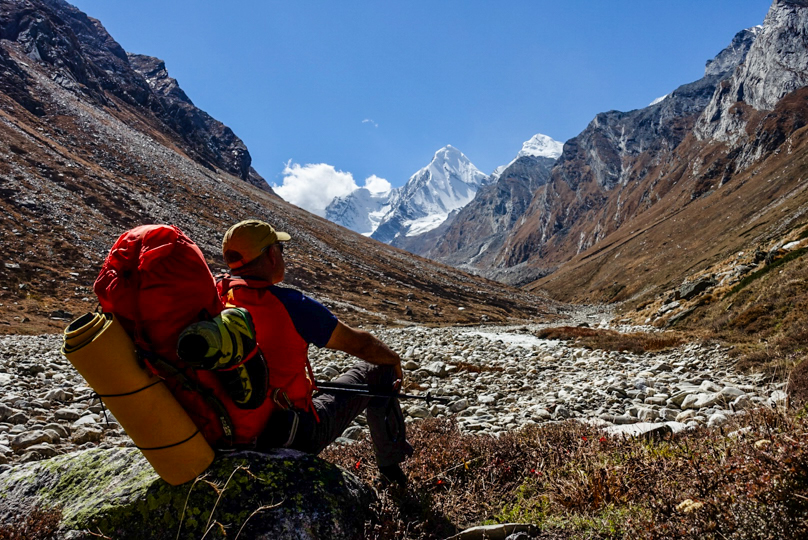
A week later after many days of crossing moraines, epic river crossings and storms we fully understood just how large and wild this area was. Located on the divide between desert like terrain and dense forested areas, there was a great variety of climates and terrain within one valley. But most importantly myself and Tim had found an objective, the north face of Surma-Sarovar. Matt and Hamish had explored a different valley and decided they would try a different peak to the south.
We believed our mountain to be unclimbed, the north face looked huge over 2000m high and most importantly there looked like a safe descent down the south east ridge. Our main concern was a steep rock band that appeared to block the upper part of the face with no obvious way through. The only ays to find if the route would go was to give it a try.

It looked like the route would take at least a week to approach climb and descend. Climbing a route of this, size alpine style, requires you to select equipment that is light as possible while remaining robust enough to keep you alive on the mountain. Ropes are a very good example. Very thin twin ropes are incredibly light but do not inspire confidence when leading hard technical climbing, often with loose rock and sharp edges. Thicker ropes give you more confidence, but they are often heavy, something you do not want when climbing for a full week. The Tendon Master Pro 7.6 balances these problems perfectly, offering both a light weight and high levels of safety.

It took a full two days of walking, with two river crossings, to reach the start of the route. Once on the route itself two days of climbing allowed us to reach the foot of the summit rock band. Bivouacs were all on ledges cut into the ice or using the snow hammock to construct a place to pitch the tent.

Once under the upper rock band we found a steep crack that led us through to the upper sloped and with a further bivouac we reached the summit at the end of October (GPS altitude was 6605m).
Sadly, after many days of good weather the summit was reached in a whiteout so we had to bivouac for another night hoping for improved visibility on the descent, which we could see was going to be longer and more complex than expected. That night it snowed heavily.
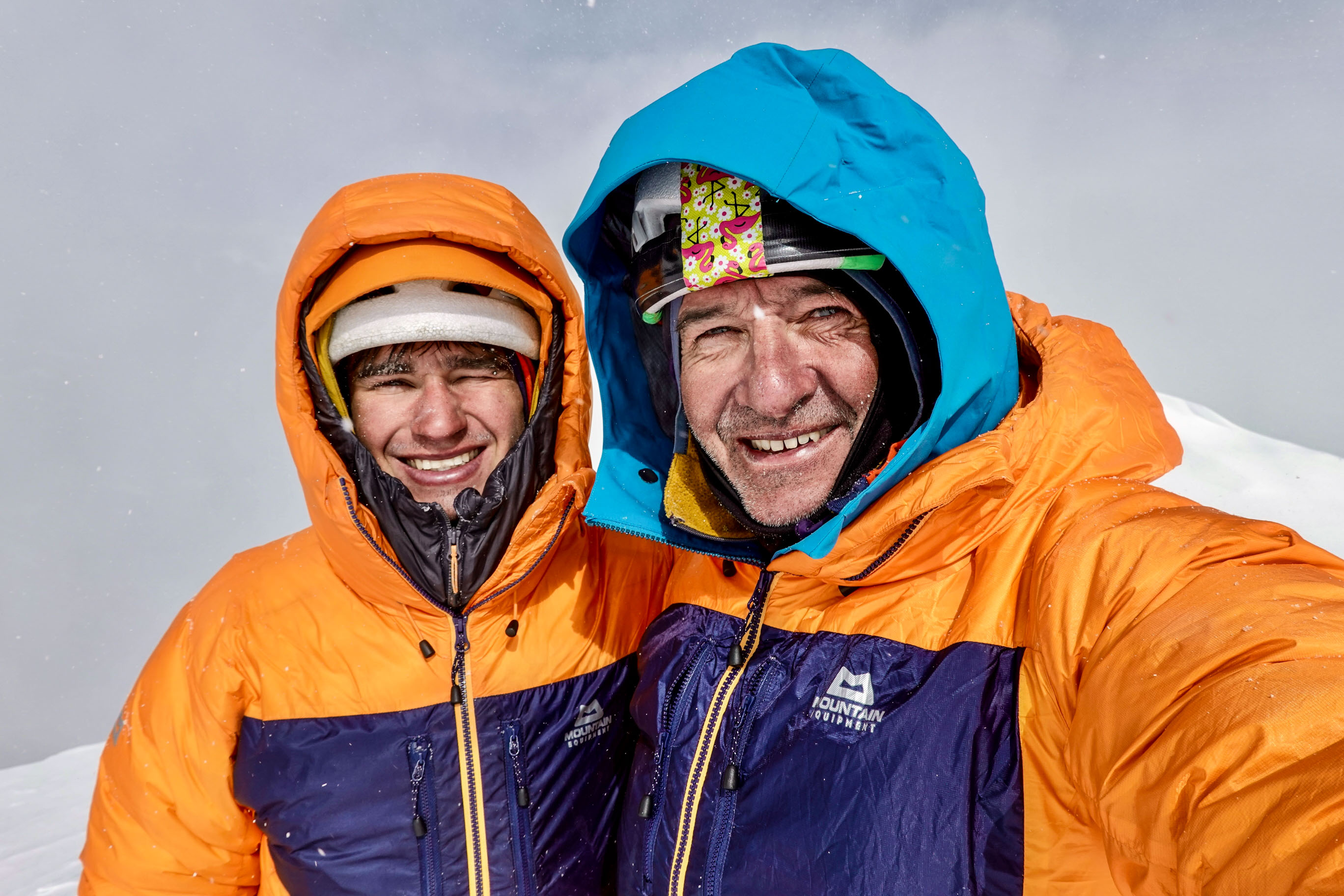
After the fresh snow the descent was slow and worrying. We thread a line between seracs and avalanche prone slopes, abseiling most of the way. Before downclimbing a long rock ridge that led us safely down to the valley below. The descent took a further two days.

Exhausted on day eight we arrived in base camp late in the evening, to find Matt and Hamish freshly back having unfortunately failed to summit on their project. The porters had arrived that day for our return journey and a tight schedule meant we had to leave for home early the following morning. Over the six week trip we had almost no rest days.
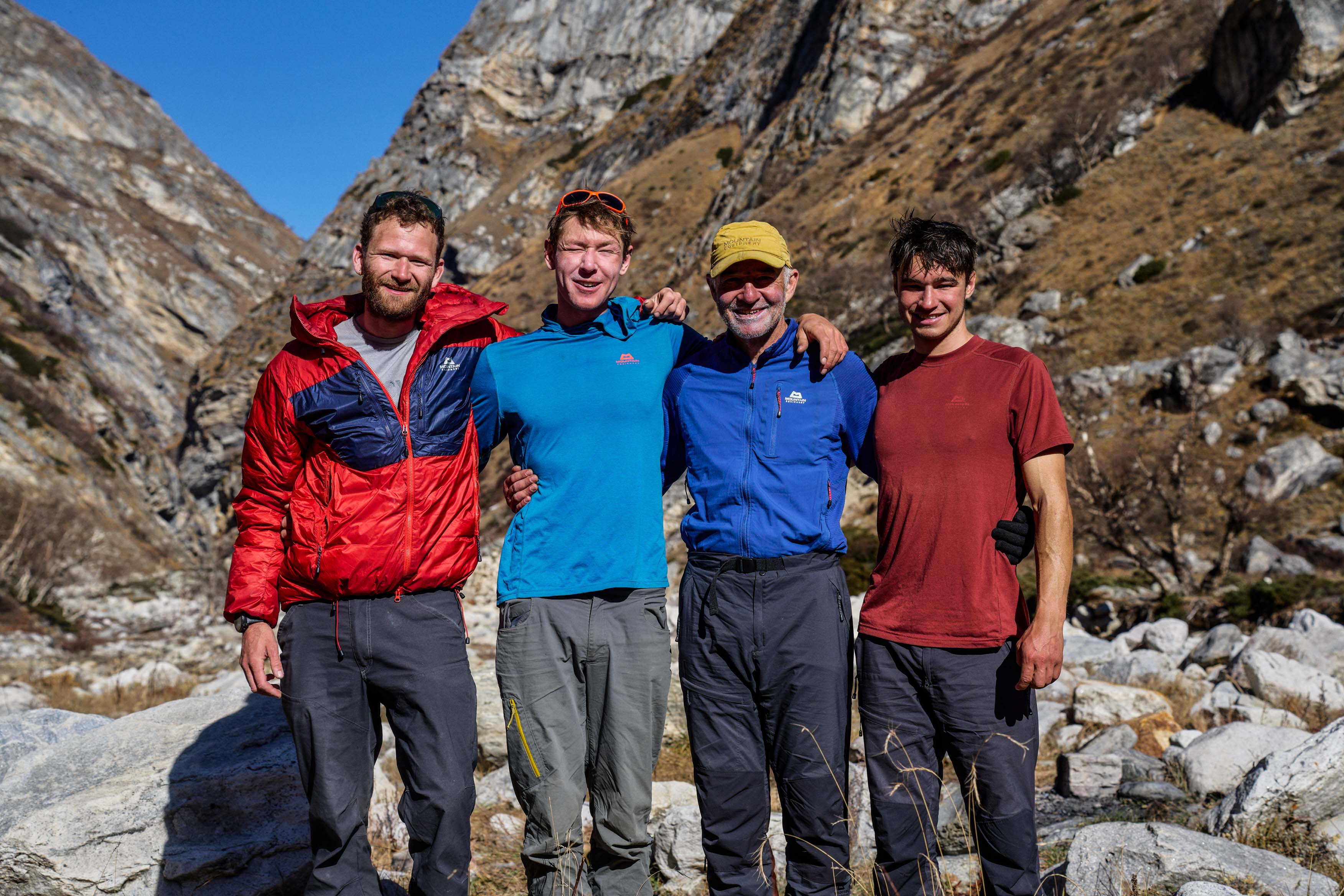



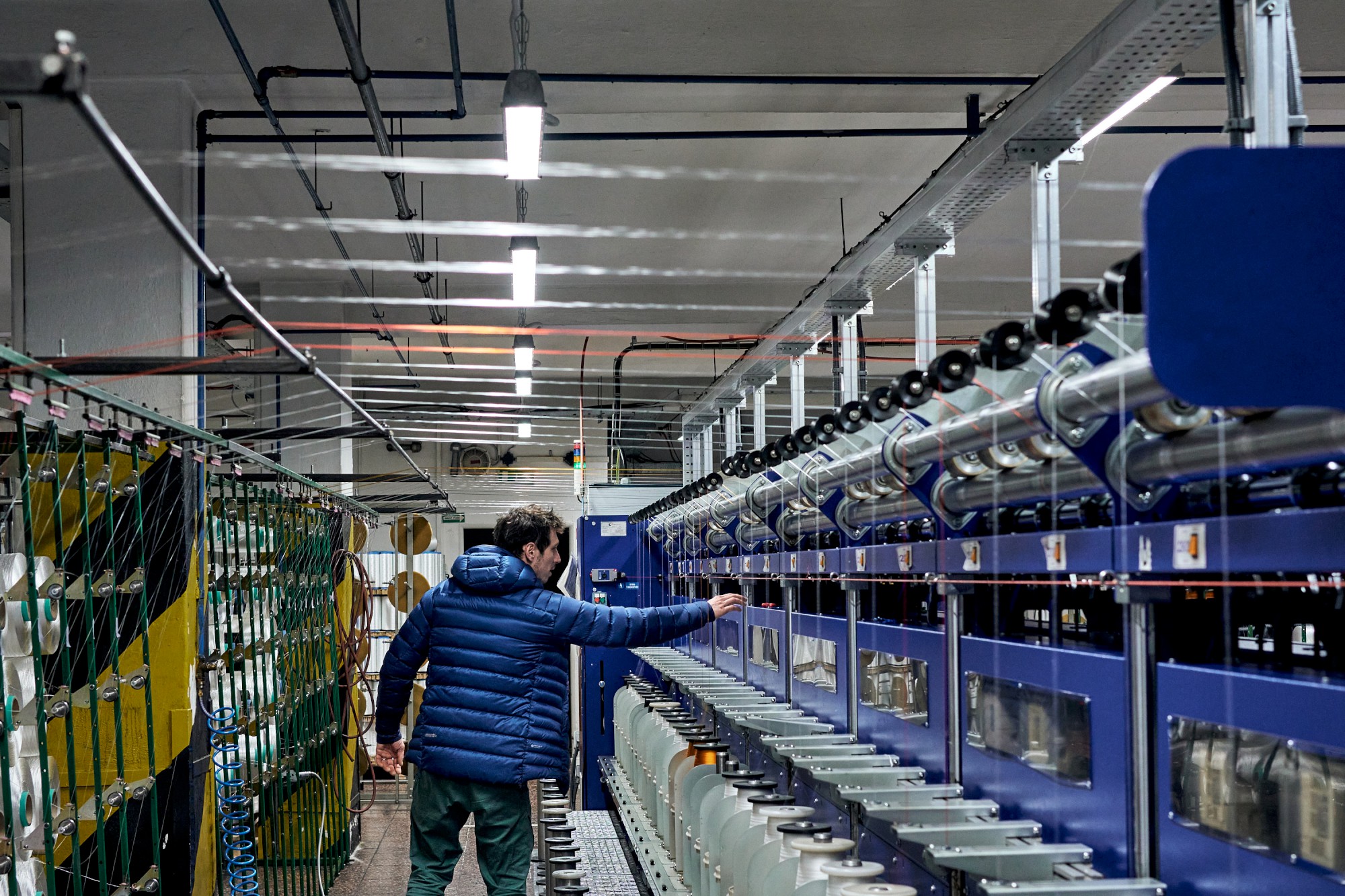
Comments (0)
There is no comment on this article.
Comments can only be inserted by logged-in user.